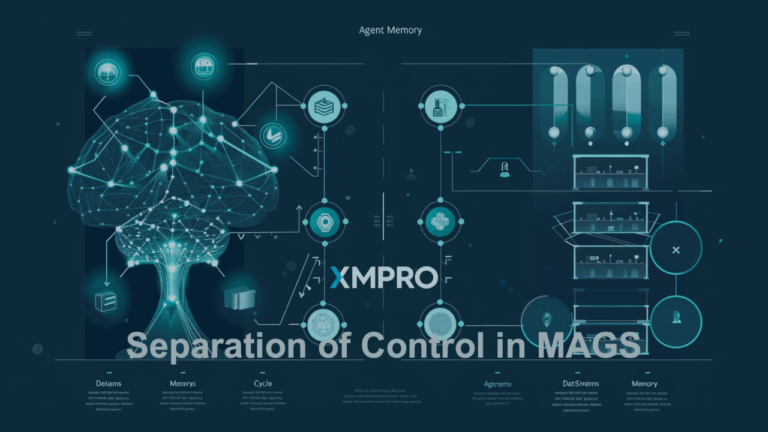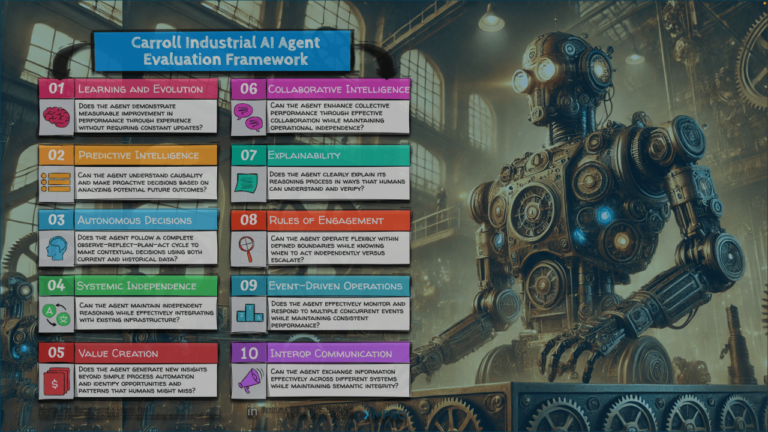Peter Schoof posted this question on ebizQ and here was my reply:
Let’s look at Jim’s definition “A dark process is an unofficial process used to deliver results and not visible to management”.
So “unofficial process” means that these are not identified, recognized, sanctioned or supported. We know they exist but they are not “visible to management”.
It doesn’t make them right or wrong. Yet.
The key is the visibility to management. That would bring them into the light. Email is probably the best evidence of the existence of these dark processes. How many “processes” in your organization are done in emails? How many conversations are trapped in your inbox with information that would help improve business productivity if it was “visible to management”?
That will tell you how much of a problem the dark processes are in your business.
The reason why people revert to email is because of the rigid nature of flow-based process solution where you have to define the exact path of process upfront. It works for a number of rigid processes in an organization but not for those unpredictable processes where people (and most often customers) decide on the next step in the process. I suggest that you read Keith’s “Mastering the Unpredictable” if you want to understand the increased interest in event-based process solutions and adaptive case management solutions.
The shear volume of dark process information necessitates the use of technology tools. It is not tool vendors looking for a new market. The problem (and market) exist, we are looking for a way to shine some light on these dark processes. It can be through an event based BPMS or through case tools. It is also through process mining tools linked to an event based BPMS, for example, that you can look at real historical process paths that these unpredictable processes take. It gives management visibility at both an individual transactional level as well as at a aggregated level to identify process flows that may impact operational risk, for example.
I use an example of a Warranty Claim process for a high value item in a blog post that I recently did. It highlights the fact that the multiple outcomes that exist are not necessarily wrong. Each process path and outcome suits the unique circumstances and context of each case.
More and more businesses recognize this and some are starting to see the light in the dark tunnel where dark processes live.
Anyway, enough said, let me get back to my email inbox…


















